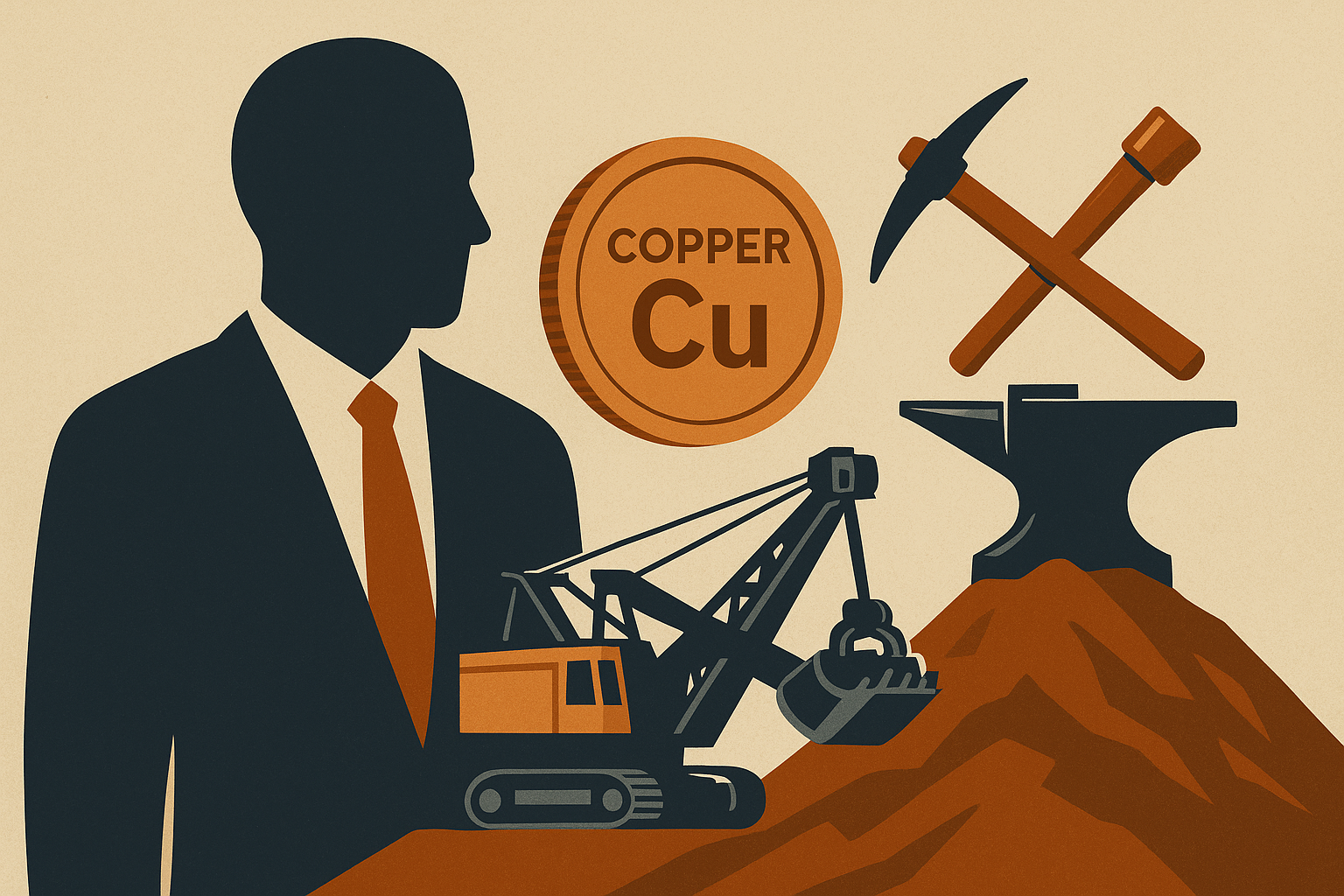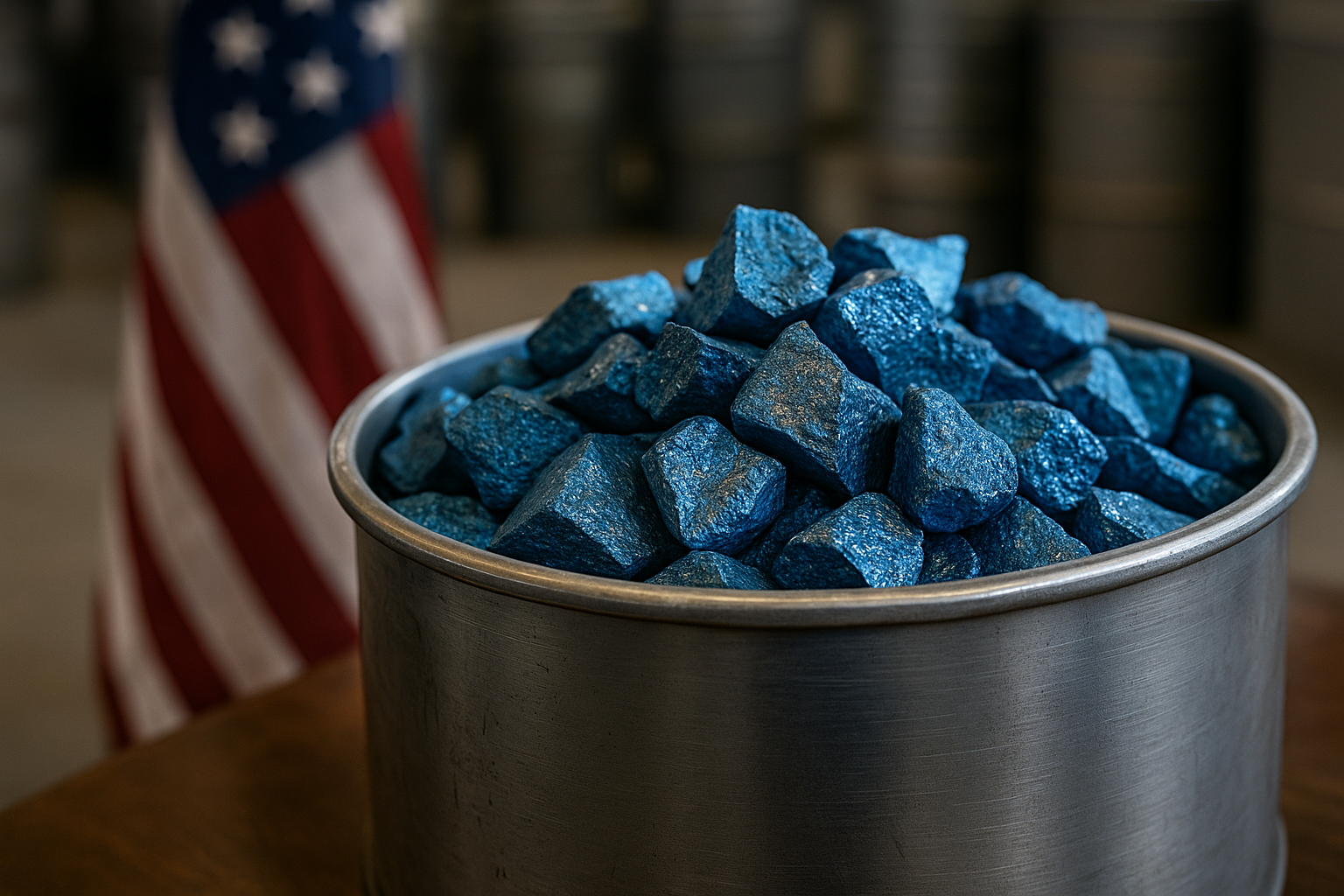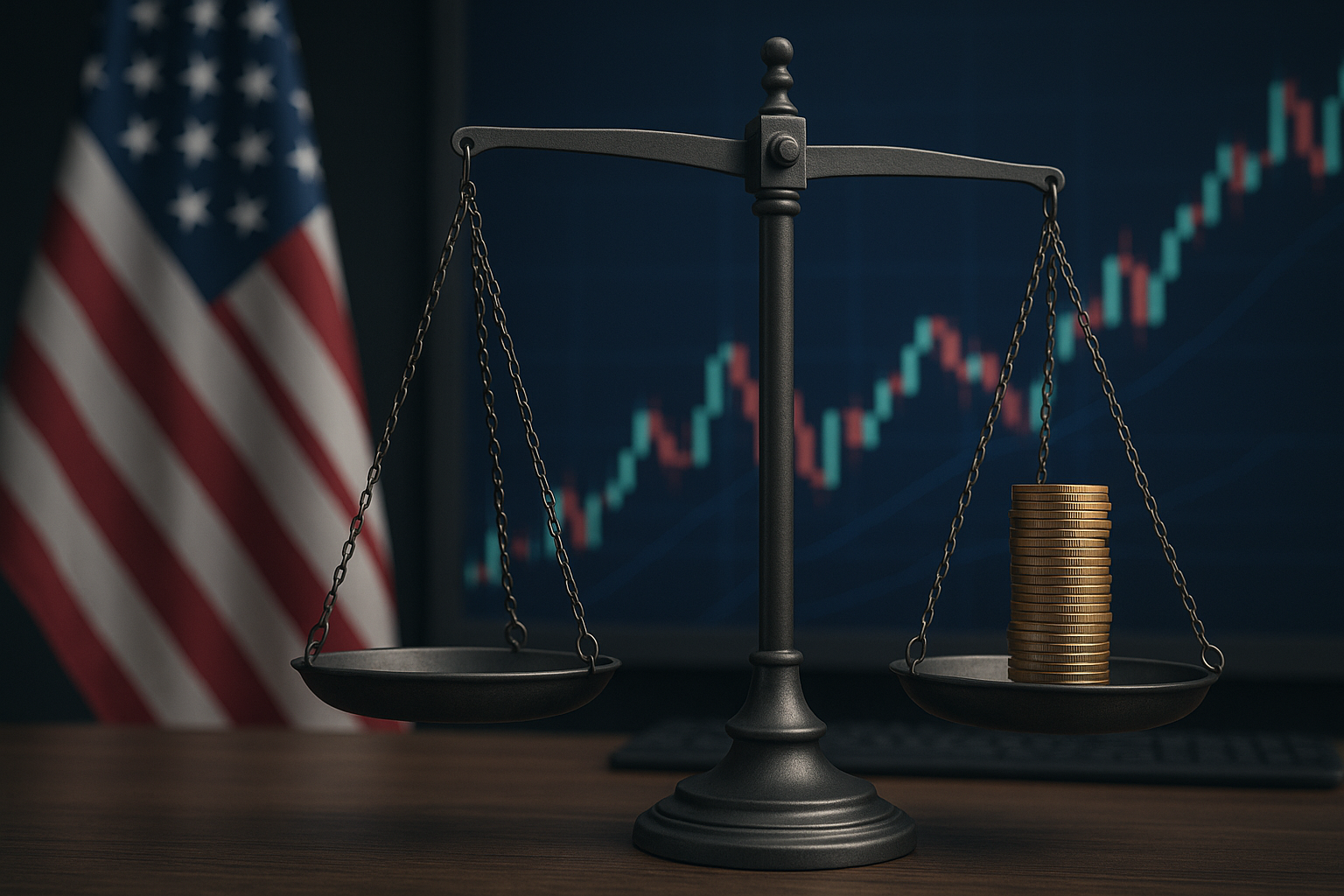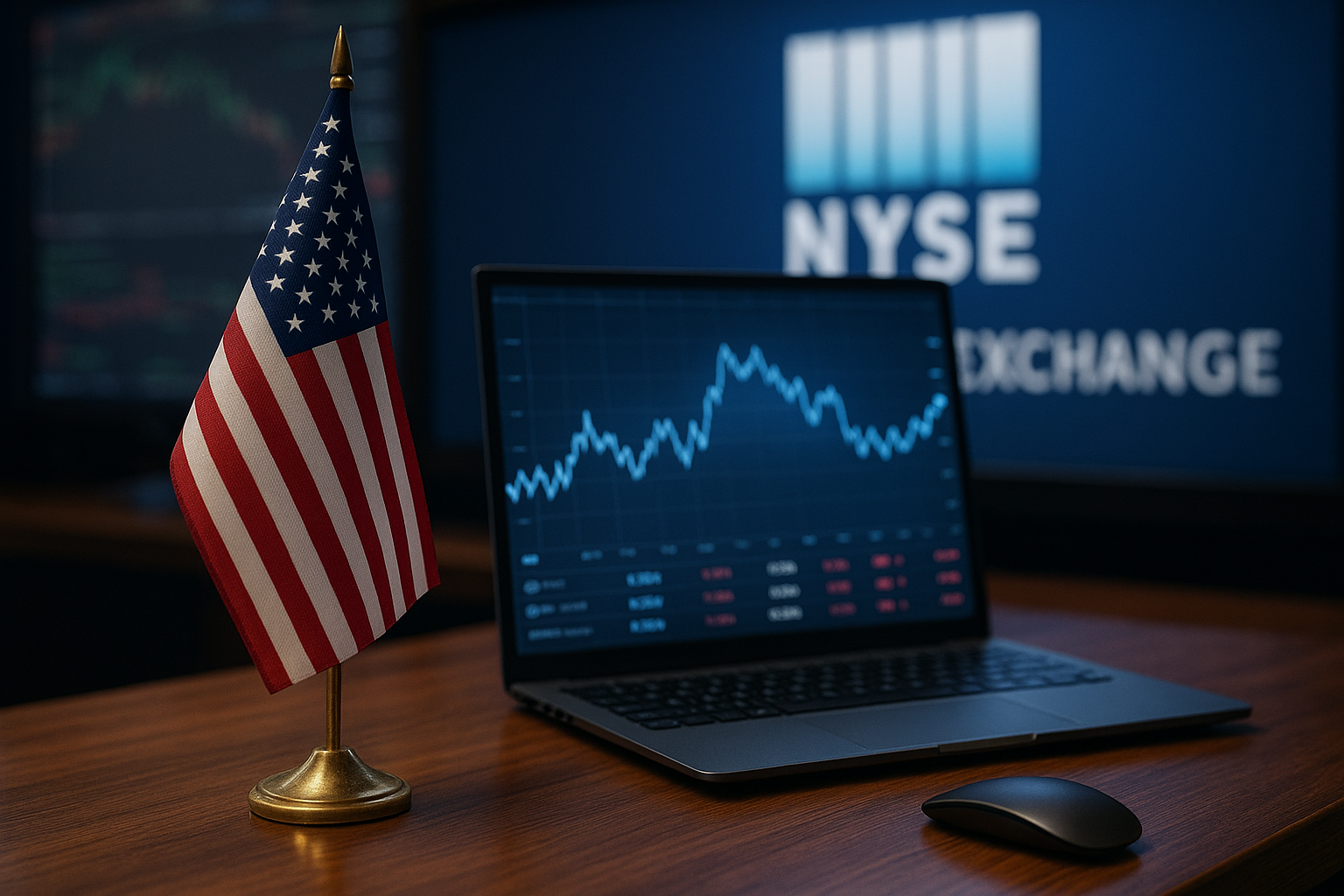A leadership transition at one of the world’s largest mining companies has captured the attention of global markets. Rio Tinto is reportedly in the final stages of appointing a new chief executive, a move that is expected to usher in a sharper strategic focus on copper and a wave of cost-cutting initiatives across its global operations.
As reported by Reuters, Mining.com, and Wood Mackenzie, the incoming CEO is expected to prioritize acquisitions in copper-rich regions, while reevaluating the company’s exposure to lithium — a commodity previously positioned as central to Rio’s energy transition narrative.
Why the CEO Appointment Matters Now
This leadership transition comes at a pivotal moment. With copper prices rebounding amid supply concerns and rising demand for electrification and renewable energy infrastructure, Rio Tinto’s decision to double down on copper aligns with long-term macroeconomic tailwinds.
The CEO search — which insiders say is nearing its conclusion — follows outgoing CEO Jakob Stausholm’s tenure marked by ESG rebuilding and operational stabilization after the 2020 Juukan Gorge cultural heritage scandal. The next chapter for Rio will focus on growth through M&A, higher-margin assets, and discipline in capital allocation.
According to analysts at Wood Mackenzie, “Copper is the cornerstone of Rio Tinto’s decarbonization exposure. But the company must balance capital deployment with shareholder return expectations.” This sentiment was echoed in a July update from BMO Capital Markets, which emphasized investor appetite for clear, commodity-specific strategy execution.
Strategic Priorities: Copper Over Lithium?
While both copper and lithium are essential to global electrification, Rio Tinto appears to be recalibrating its priorities. Sources from Reuters report that internal deliberations have placed copper — especially brownfield and near-production assets in Chile, Peru, and Mongolia — at the center of future capital allocation.
Meanwhile, the company’s lithium ventures — including the controversial Jadar project in Serbia, currently stalled by environmental opposition — are under review. Analysts suggest Rio could pause or divest lithium developments that lack near-term returns or social license clarity.
This comes as copper prices have climbed back above $9,000 per metric ton, while lithium spot prices have faced steep corrections due to oversupply in the short term.
Why This Matters for Investors
For investors, a leadership change at a mining major like Rio Tinto is more than a boardroom shuffle — it’s a signal. The direction set by the incoming CEO will determine:
- Capital allocation between growth and returns (i.e., dividends vs. acquisitions)
- Commodity prioritization, especially in a volatile resource environment
- Operational efficiency and margin discipline amid rising energy and labor costs
Shares of Rio Tinto (ASX: RIO, LSE: RIO) were flat in early trading Tuesday but have gained nearly 4% year-to-date, trailing peers such as Glencore and BHP, both of which have aggressively leaned into copper and battery materials.
Key Metrics to Watch
- Q3 2025 Earnings Guidance: Will Rio offer forward-looking copper and capex projections?
- CEO Appointment Timing: Expected within weeks, possibly ahead of the company’s next investor day.
- Asset Sales or Acquisitions: Investors anticipate M&A activity in South America or divestments in underperforming jurisdictions.
Key Investment Insight
Leadership changes often reset market expectations. With Rio Tinto leaning into copper — a commodity with robust multi-decade demand projections — investors should:
- Monitor copper-focused miners and copper ETF inflows (e.g., COPX).
- Track project-level developments in Rio’s Mongolian and Chilean operations.
- Stay cautious around lithium-heavy peers unless supply-demand dynamics shift favorably.
Rio’s upcoming strategic updates could spark renewed investor confidence — or raise questions about execution risk in a complex geopolitical and ESG environment.
Stay with MoneyNews.Today for real-time insights on commodity strategy shifts, leadership signals, and metals markets that matter.





